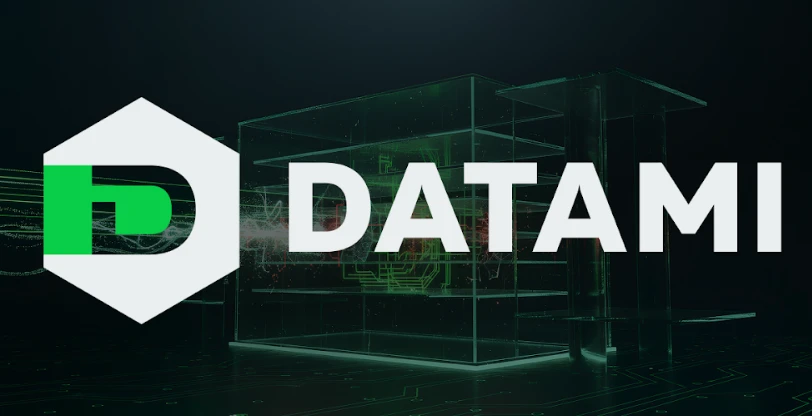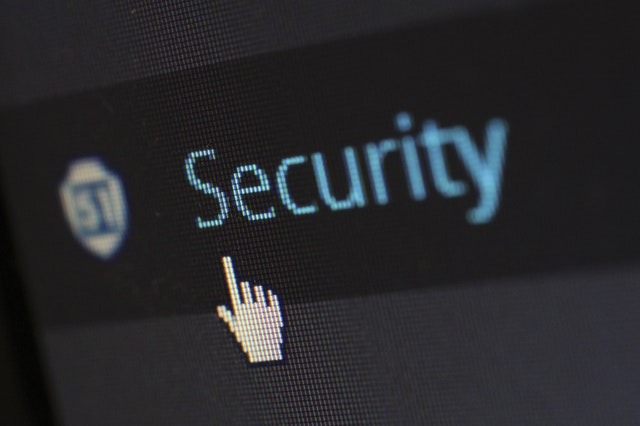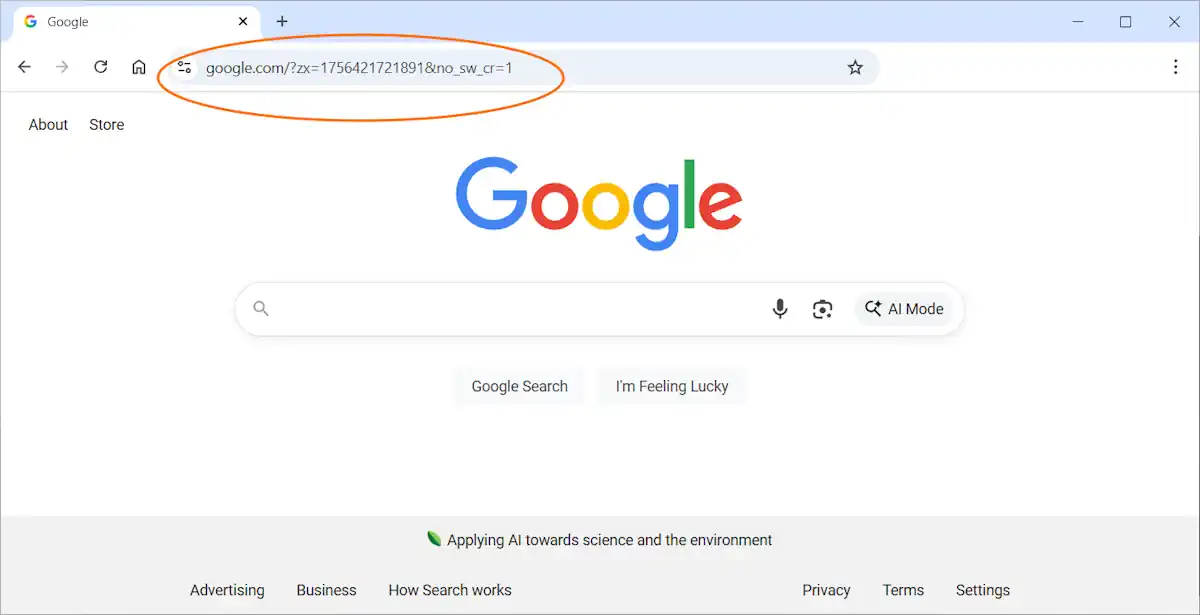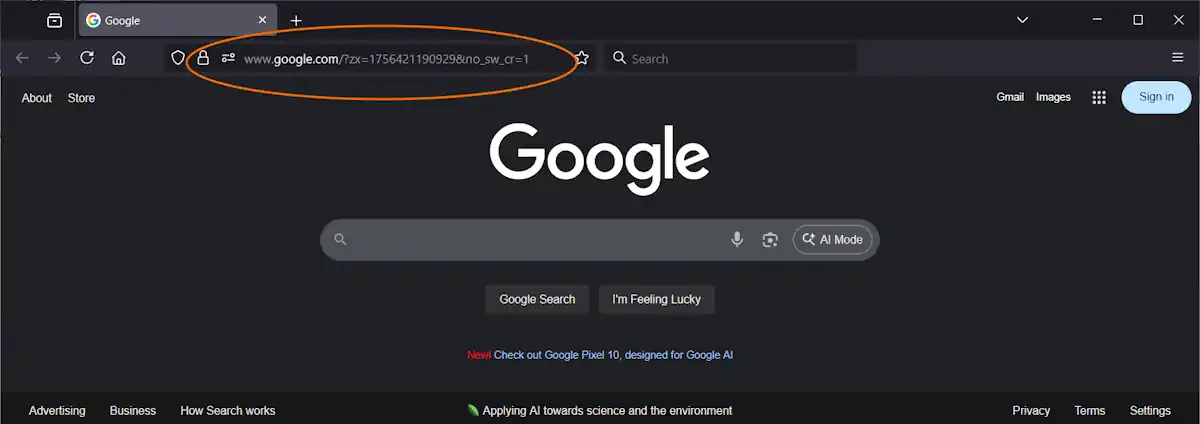Every year, the number of cyberattacks on web services increases, and web applications become the main targets for attackers. This is understandable – they are always accessible online, interact with user data, integrate into business processes, and contain complex logic that is not always implemented correctly.
Standard protection mechanisms and basic security tools are no longer sufficient – hackers bypass standard filters, exploit logical errors, and use combinations of different methods to break into systems.
Therefore, regular security testing is an essential element of a responsible approach to creating and maintaining web products.

The most common cyber risks for web applications
Web applications combine data processing, business logic, and infrastructure, which can lead to different types of vulnerabilities. Here are the most common categories:
1. Authentication and access control issues
Weak passwords, lack of brute-force protection, incorrect token handling, or privilege escalation can allow attackers to gain access to user accounts or the admin panel.
2. Data leakage risks
Vulnerabilities such as SQL Injection, Insecure Direct Object References (IDOR), or a lack of input filtering can result in the theft of confidential data. This is one of the most dangerous categories – data leaks affect both reputation and regulatory compliance.
3. Flaws allowing modification of application behavior
Vulnerabilities that enable interference with the application’s logic include XSS, CSRF, API injections, and parameter manipulation. They can alter interface displays, redirect users to phishing pages, change system behavior, or execute unauthorized actions.
4. Infrastructure and configuration risks
Outdated servers and frameworks, incorrect configurations, open ports, or excessive access rights create additional entry points. These risks often appear during rapid scaling or due to the lack of centralized control.
5. Business logic errors
These issues stem not from code, but from flawed product logic: incorrect payment handling, improper transaction validation, or disrupted action sequences can directly cause financial losses for a company.
Penetration testing of web applications to identify vulnerabilities
To uncover hidden weaknesses in a security system and strengthen the protection of web resources, companies need a pentest – a real attack simulation that shows exactly how an attacker might act.
A pentest service is a controlled security assessment during which experts deliberately test systems for their resistance to attacks. Unlike automated scanning, pentesters use custom scenarios, manual security testing techniques, and logic analysis.
Web application penetration testing reveals real paths to compromise and checks the reliability of data protection. In addition, a pentest helps with preparation for regulatory audits: testers evaluate the effectiveness of existing security mechanisms and compliance with security standards and requirements (ISO, SOC 2, GDPR, etc.).
What does a pentest provide for a business?
A web application owner receives not just test results but a real picture of the cybersecurity state and an understanding of how vulnerable their resources are to attacks.
Penetration testing is also useful because it:
- helps prevent potential financial losses, downtime, and fines;
- protects reputation by demonstrating care for the security of the service;
- strengthens the trust of partners, customers, and investors;
- indicates the overall maturity of the company’s cybersecurity.
When should companies consider a pentest?
Penetration testing is useful for both large corporations and startups, regardless of industry.
Such a security assessment is appropriate in various situations:
- before launching a new product;
- after major changes or updates;
- before certification or an audit;
- after an incident or suspicious activity;
- regularly, once or twice a year to maintain security.
Independent expertise is the best solution for web applications
Internal teams work with the resource daily and may overlook flaws. In contrast, involving external specialists means a “fresh outside perspective.” They approach the product without bias, analyze it through the eyes of a potential attacker, and see a broader picture.

Outsourced teams typically have significantly more practical experience, as they work with different domains, technologies, and projects from various countries.
For example, the Datami team has conducted over 400 pentests for clients from more than 30 countries. Such international experience allows them to quickly recognize both common and uncommon attack vectors, including those that have not yet become widespread in your region. This makes the services of external experts more effective in identifying real paths to compromise.
If you need an independent security assessment or a pentest of your web application, the Datami team is ready to help. You can learn more about the service Datami on their website.
Datami specialists will analyze your product from the perspective of a real attacker, check for vulnerabilities, and provide practical recommendations on how to improve the protection of your web resource.













